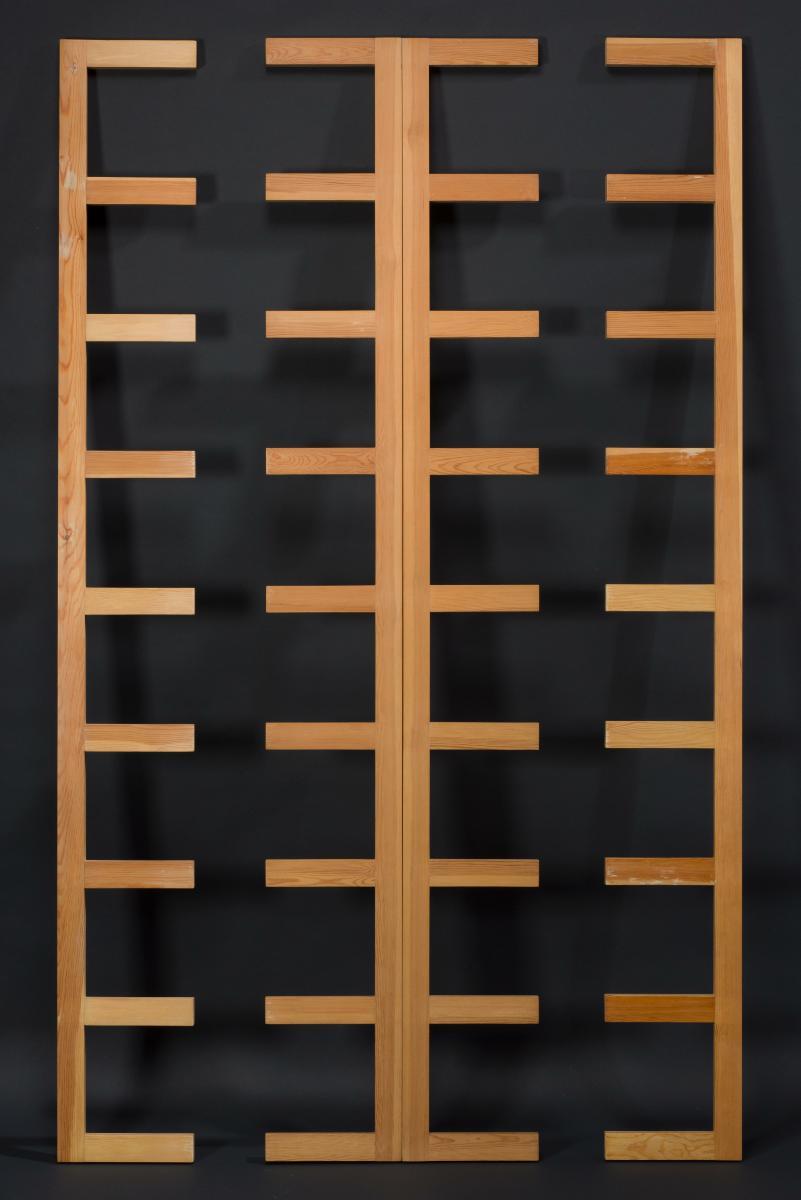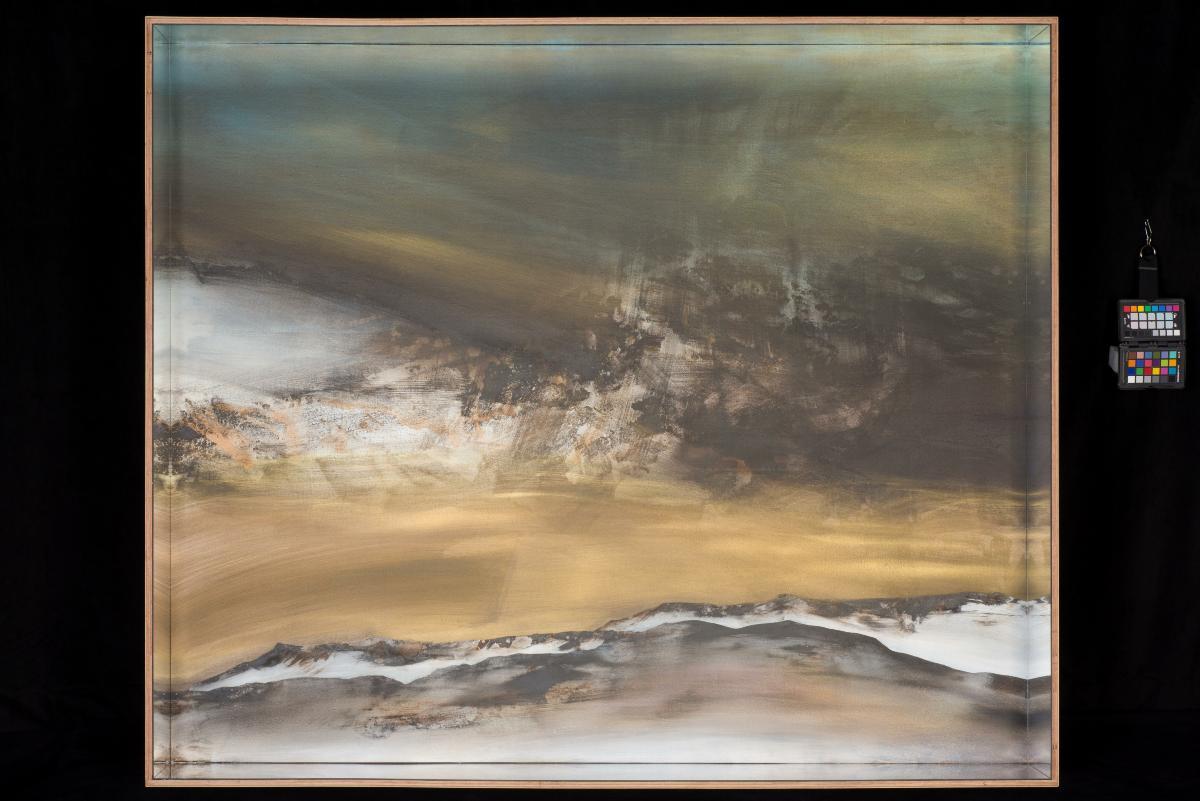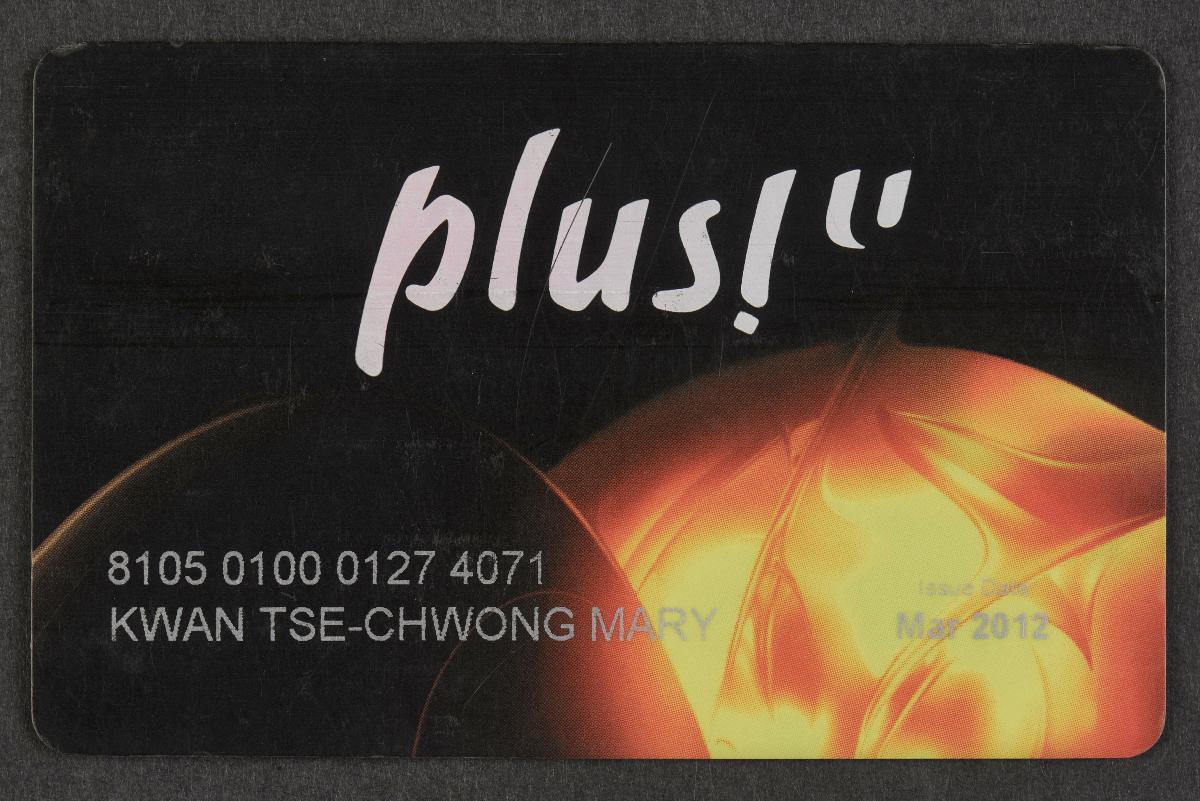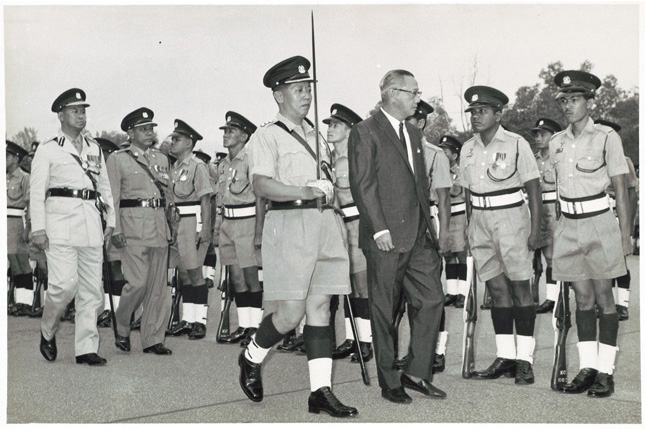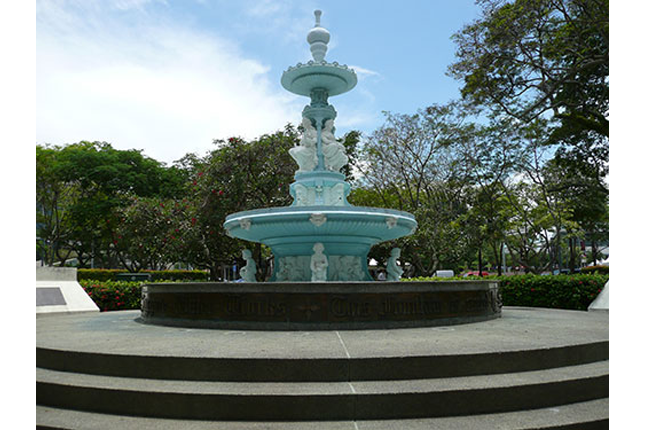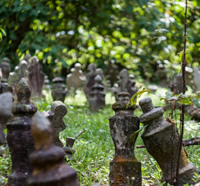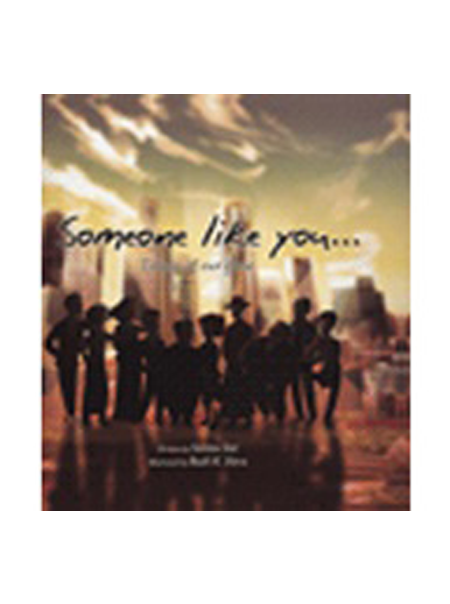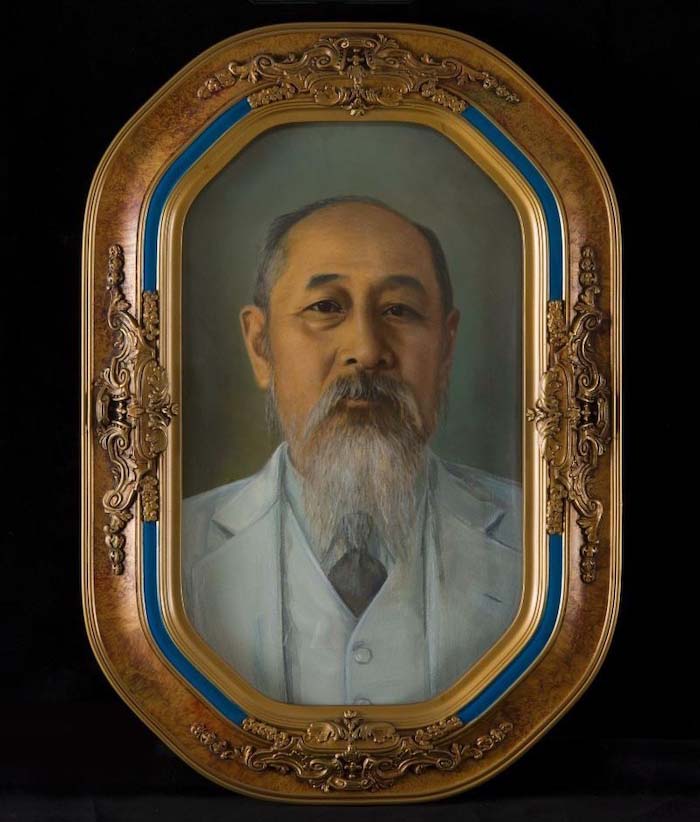Kim Lim was born in Singapore and spent much of her early childhood in Penang and Malacca. Her father was Lim Koon Teck, a well-known barrister with roots in Sarawak, Borneo and through her mother’s side (Betty Seow Guat Beng), she is a descendant of Tan Kim Cheng, son of Singapore pioneer Tan Tock Seng. At the age of eighteen, Kim Lim went to London to pursue her career as an artist. She spent two years at St. Martin’s (1954-56) concentrating on wood-carving. Then, she transferred to the Slade where she developed a strong interest in print-making under the tutelage of etcher Anthony Gross and lithographer Stanley Jones. She exhibited widely after graduating from the Slade in 1960. The early period is enumerated by works that were very much influenced by her formal study of art at Central St. Martin’s and later at the Slade alongside travels through Europe and Asia with her artist-husband William Turnbull. These works, developed mostly between 1960 till 1979 are primarily in the medium of wood, fiberglass and steel. Very conscious about how the works would relate to those that encountered it, Kim rigorously explored how space, rhythm and light could be materialized, with weight and volume forming secondary but nonetheless important concerns. The questions of ‘weight’ and ‘volume’, Kim would return to in the second phase of her practice. Kim observed that “these preoccupations were more obvious in the work of the seventies, where repeated elements were used to create a structure that would sustain a certain rhythm, where space is not emptiness but a palpable reality.” This period is also marked by a significant high point, as Kim is included in the ‘Hayward Annual’ at the Hayward Gallery in 1977. A year prior, in 1976, she also found a place alongside her peers in Singapore, primarily those artists that were part of the Modern Arts Society and practicing along the lines of abstraction, at the inaugural exhibition that surveyed currents in Singapore art at the National Museum Art Gallery. In 1974, she was also invited for a solo-show at the then influential Alpha Gallery that had developed a reputation for being at the centre of debates on minimalism in Southeast Asia.




